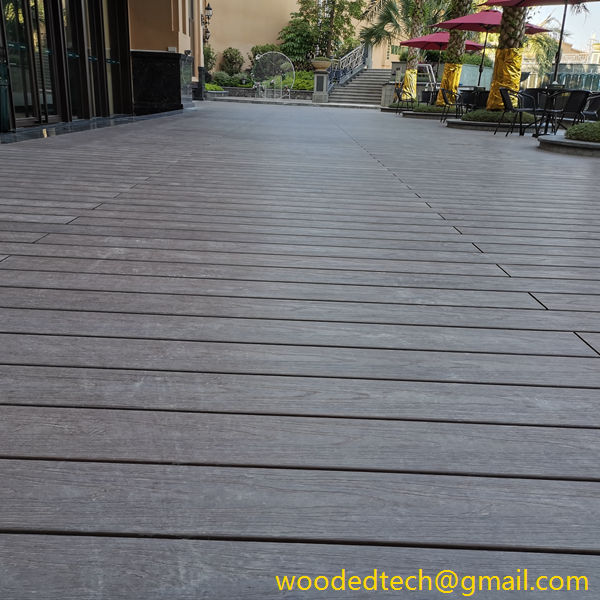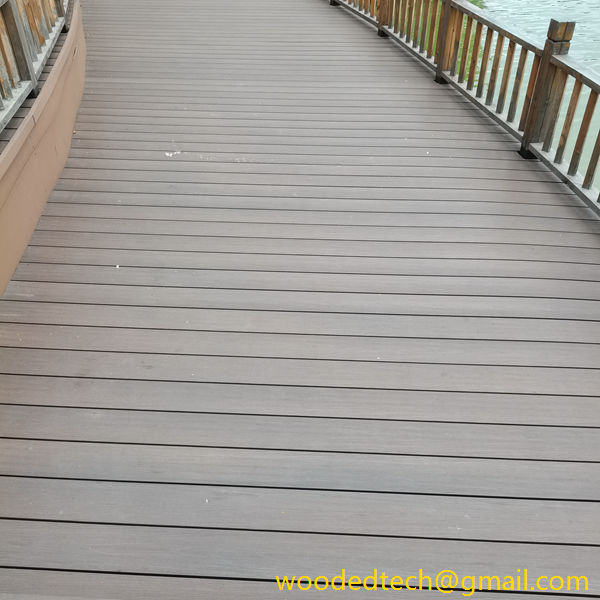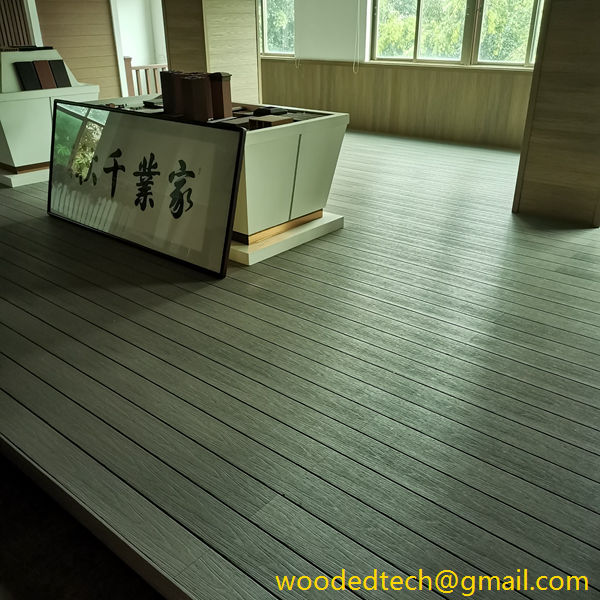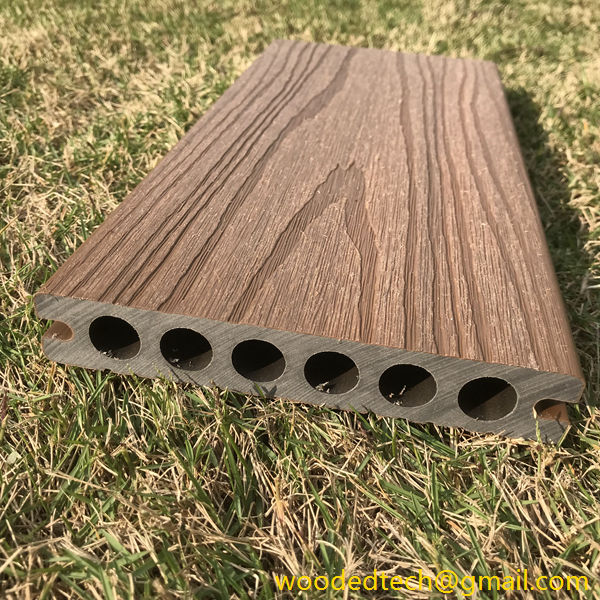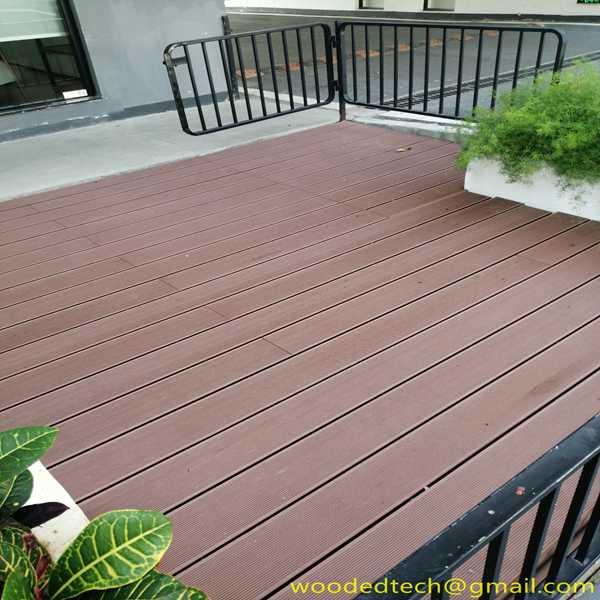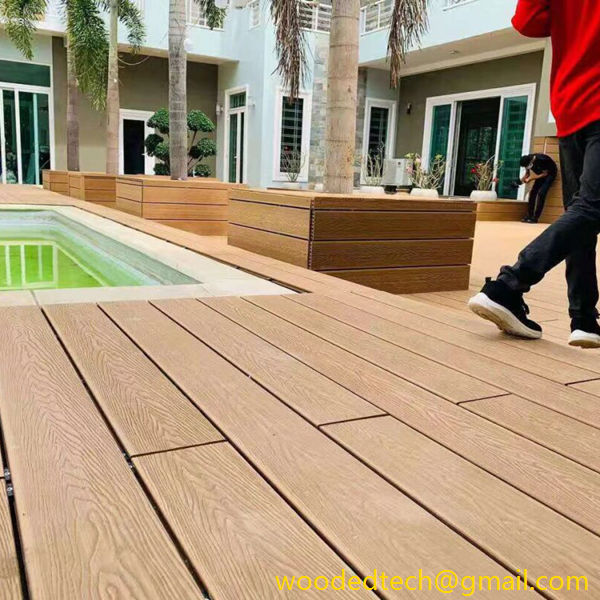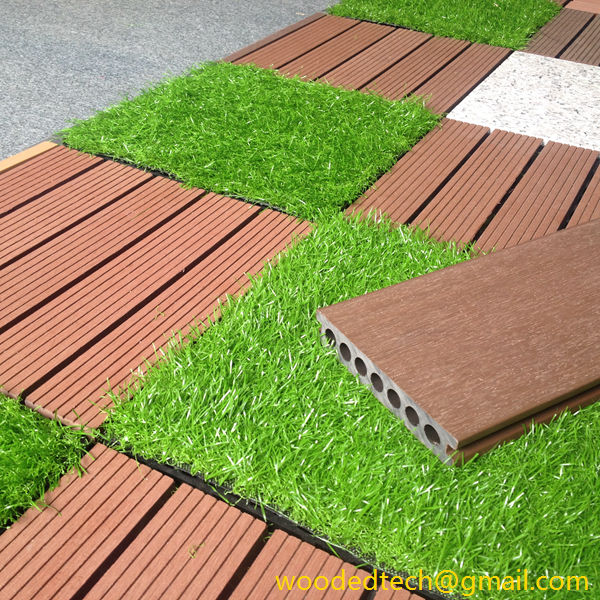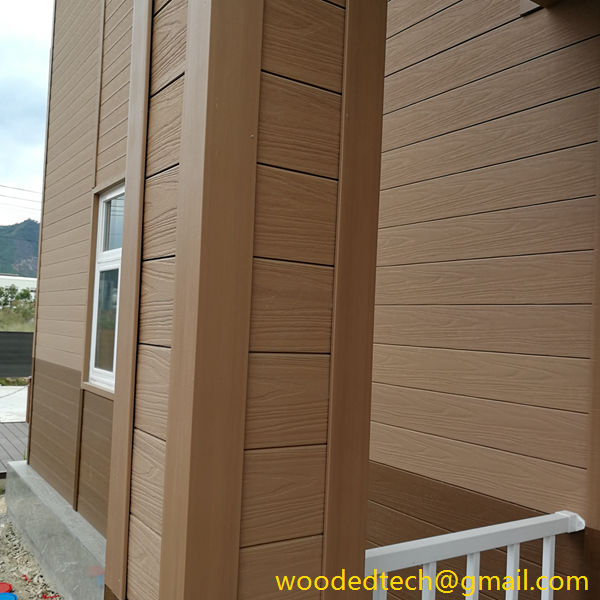Learn About Wood Plastic Composite Decking HS Code for Your Projects
Wood Plastic Composite decking, commonly referred to as WPC decking, has gained significant popularity in recent years due to its unique combination of aesthetics, durability, and environmental sustainability. Understanding the production process of WPC decking is essential for anyone considering its use in construction or landscaping projects. By exploring the materials involved, the manufacturing techniques, and the final product characteristics, one can appreciate why WPC decking is a preferred choice among builders and homeowners.
At its core, WPC decking is composed of two primary materials: wood fibers and plastic. The wood fibers typically come from recycled wood products, such as sawdust or wood shavings, making WPC an eco-friendly alternative to traditional timber decking. The plastic component is usually sourced from recycled plastics, including polyethylene or polypropylene, which not only enhances the structural integrity of the decking but also contributes to its resistance to moisture, insects, and decay.
The initial step in the production process involves the careful selection and preparation of the wood fibers and plastic. The wood is processed into fine particles through grinding and screening, ensuring that the size of the fibers is consistent. This is crucial for achieving a uniform appearance and texture in the final decking boards. Similarly, the plastic is processed to ensure it is free of contaminants and properly blended with additives that improve performance characteristics, such as UV resistance and color stability.
Once the raw materials are prepared, the next phase is compounding. In this stage, the wood fibers and plastic are mixed together, often with the addition of various additives like colorants, UV stabilizers, and coupling agents. This mixture is then subjected to heat and pressure in an extruder. The extruder is a critical piece of equipment in the WPC production process, as it ensures that the wood and plastic are thoroughly combined and melted into a homogeneous material. The resulting composite is then shaped into continuous boards that can be cut to size later.
After extrusion, the WPC boards undergo cooling and solidification. This step is essential to maintain the desired dimensions and prevent warping or distortion. Cooling is typically achieved through a water bath or air-cooling system. Once the boards have cooled, they are cut into specific lengths and undergo surface finishing processes, which may include sanding, embossing, or profiling to enhance aesthetics and slip resistance.
Quality control is an integral part of the production process. Before the WPC decking is shipped to customers, it undergoes rigorous testing to ensure it meets industry standards for strength, durability, and safety. This may involve testing for slip resistance, moisture absorption, and color fastness. Manufacturers often adhere to specific standards set by organizations such as the American Society for Testing and Materials, which helps ensure that the final product is reliable and suitable for various applications.
One of the advantages of WPC decking is its versatility in design. The materials used in production can be easily modified to achieve a wide range of colors and textures, allowing for customization that meets the aesthetic preferences of homeowners and designers. This flexibility has made WPC decking a popular choice for both residential and commercial projects.
Moreover, the environmental benefits of WPC decking cannot be overlooked. By utilizing recycled materials, WPC production helps reduce the demand for virgin timber and plastic, contributing to more sustainable building practices. Additionally, WPC decking requires less maintenance than traditional wood decking, as it does not need regular staining or sealing, further reducing its environmental footprint.
In summary, the production of Wood Plastic Composite decking involves a sophisticated process that combines wood fibers and plastic through advanced manufacturing techniques. The careful selection of materials, the compounding and extrusion processes, and the rigorous quality control measures all contribute to the exceptional performance and aesthetic appeal of WPC decking. As interest in sustainable and low-maintenance building materials continues to grow, understanding the intricacies of WPC production will be invaluable for anyone involved in construction or design. Whether you are planning a backyard deck, a patio, or a commercial walkway, WPC decking offers a reliable and visually appealing solution that aligns with modern environmental values.

